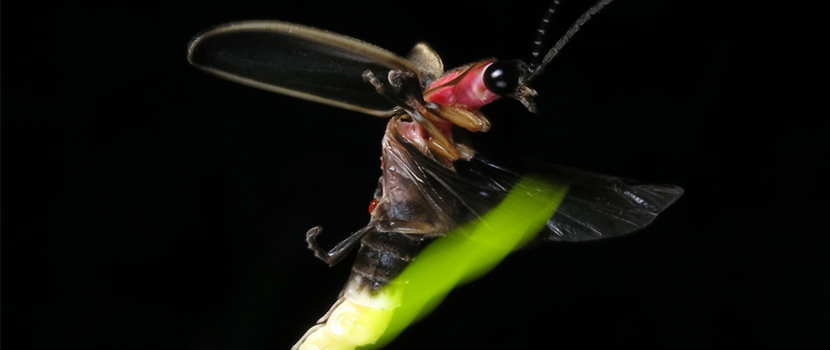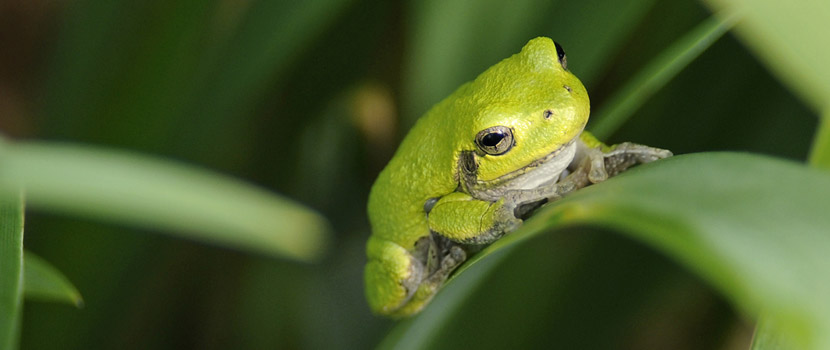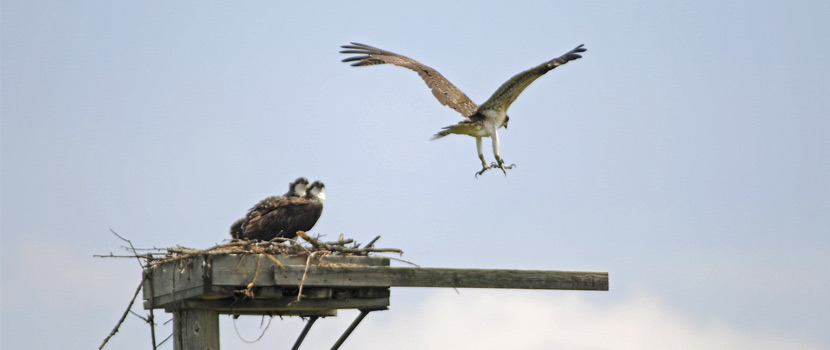
I bet that the monarch butterfly is one of the top three most-recognized insects in North America, and I would guess many of you could pick out the black-yellow-and-white, tentacle and clown-faced caterpillars in a police line-up of bug larvae.
The adults are big and beautiful, and their whole life-story is captivating! If you don’t believe me, you must have missed the IMAX movie Flight of the Butterflies. We don’t have the space here to go into everything that makes monarchs amazing, but just focusing on the adult butterflies’ upcoming migration should be enough to catch anyone’s interest.
Here’s a quick fact grab:
- Monarchs live and breed in most of the lower 48 United States (and southern Canada), but here in Minnesota we proudly host some of the most northern individuals.
- They lay eggs on milkweed plants and the caterpillars that hatch eat the leaves and grow about 2,000 times in size over just a couple weeks. After the larva sheds and reveals a chrysalis, the butterfly cracks out another couple weeks later. Do the math: Around here, that means we get maybe three generations of monarchs in our short summers.
- All of the monarchs (OK, almost all except for a population that hangs out in Florida with their human snow-bird counterparts) that grow up east of the Rocky Mountains LEAVE the United States for the winter and ALL of them cram themselves onto the branches and leaves and trunks of trees in just a dozen roosting spots in a special part of central Mexico.
- An adult monarch weighs about half a gram. That's the same as a paperclip! Yet they survive summer storms and that incredible migration.
- A monarch butterfly released at Eastman Nature Center last August was caught in a bio-reserve in central Mexico in February — that's five months and 2,100 miles!
Wait, did you catch that?!
A specific monarch made it from here to there, one of millions that pile onto mountainside trees in Mexico, and we FOUND it? How did that happen?
Someone at Eastman Nature Center held that butterfly in their hand and stuck a sticker on its wing, wrote down some information on a data sheet, and let it go. That someone might be one of you reading this for all I know, because what I DO know is that it was labeled at one of the Monarch Tagging programs here, where people like you help us catch, tag, and release adult monarchs.
We’re giving the credit to the naturalist who hosted the program for now, but if you know you released “XES 881” that day, be proud!
What is a Monarch Tag Anyway?
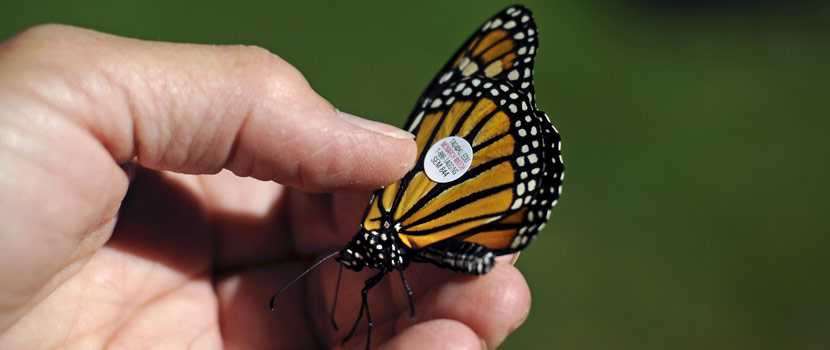
The tags have changed somewhat over the years, but at this point they are easy enough to apply that I’ve let preschoolers assist.
Monarch tags are like tiny stickers and each one has a unique ID listed, along with contact information for Monarch Watch, where scientists compile the data we collect about the butterflies we tag (ID, date and location of release, sex, and whether it was captive-raised or wild-caught.)
Why Do We Put These Tags on Monarchs?
By knowing where and when they start their journey and then where and when they reach various points along the way, we have learned all kinds of things about them, beyond just the path they take.
We have learned where and when monarchs need to have a sure supply of milkweed, or nectar-making flowers, or trees for roosting in.
Comparing years of data has also revealed patterns in the migration and in the overall monarch population related to weather events. We know shifts in the start of each season can affect the butterflies or their life cycles.
That information is helping scientists predict how changes in climate may affect monarchs in the future so they can take on conservation initiatives that might counteract ways that might hurt the butterflies and the miracle of their seasonal migration.
We know now the Upper Midwest is the nursery for most of the monarchs that make it all the way. We know they stay the winter and come PARTWAY back before laying eggs and dying, but their “children” continue the journey and make it north to Minnesota again.
How did Monarch Watch begin?
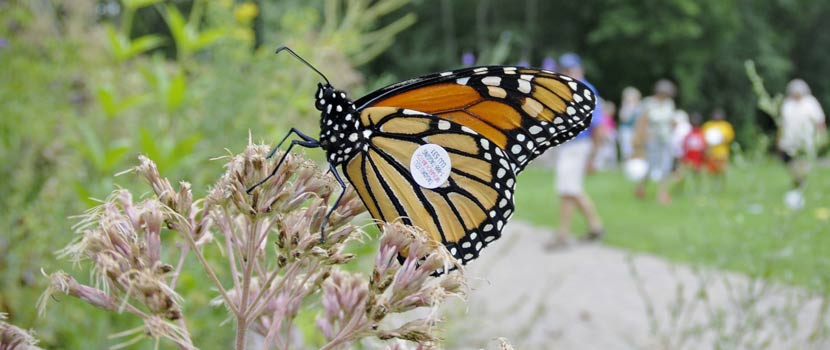
Tagging monarchs started as a project many years ago when scientists in the United States and Canada didn’t know what happened to all the millions of monarchs they saw flying around in late summer. They just knew that some monarchs reappeared in late spring to lay eggs for a new generation.
In the meantime, the local villagers and landowners living in the Trans-Mexican Volcanic Belt of central Mexico, west of Mexico City, knew only that massive clouds of butterflies appeared around the Day of the Dead to cover the trees, and then gradually flew away in early spring.
There in Mexico, people welcomed the butterflies as the souls of their departed loved ones. In the north, people looked for overwintering butterflies under forest leaves, or eggs and larvae, and found none.
Scientists had luck placing numbered metal bands around the lower legs of birds and tracked where the bird was released versus where it was spotted again at a later date. It seemed like they were playing a big game of connect-the-dots on a map to learn about how bird flocks moved over time and space.
And the butterfly scientists, most famously Dr. Fred Urquhart, tried this technique on monarchs but without the metal bands. But even if he’d had the help of countless graduate students, he couldn’t have tagged many butterflies, so Urquhart and his team sent the stickers and data sheets out to willing, everyday people: early citizen scientists.
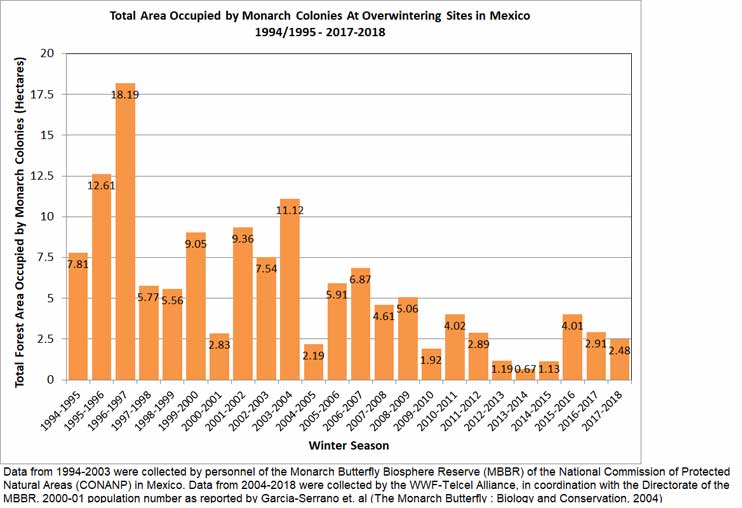
All the lines connecting release and recapture spots on the map pointed into Mexico, and eventually people with the two incomplete sides of the monarch’s life-story, the local experts and the international scientists, connected.
Finally all of us got to learn the facts about the world’s longest insect migration.
Monarchs and the Connection to Minnesota
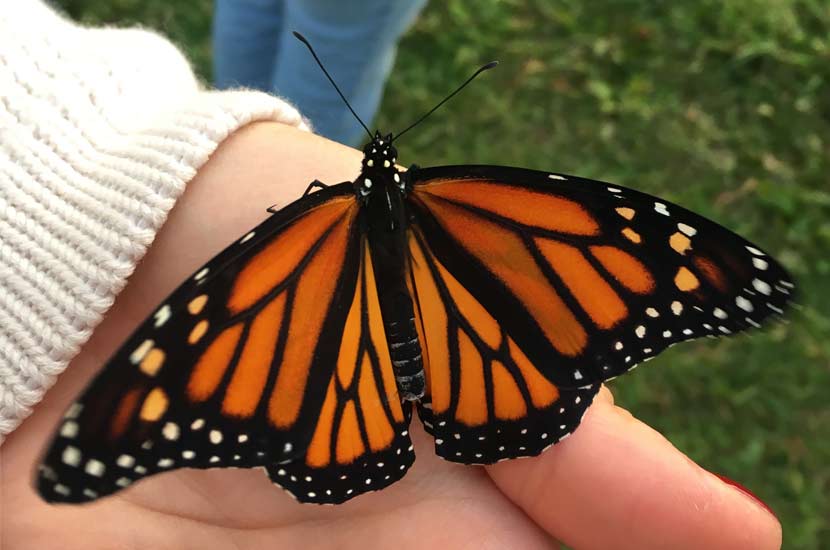
It is like a fairytale: The first tag anyone found was by Dr. Urquhart himself, amazingly shortly after arriving on his first visit to one of the overwintering colonies he’d spent his life searching for.
But the coolest part of the story is the connection to us, back here in Minnesota – that tag Dr. Urquhart found was placed in 1975 by James Street, a student from Hopkins North Junior High, with the help of his teacher, Mr. Jim Gilbert.
Gilbert had fostered his students’ interest in science in part by bringing them over to our own Lowry Nature Center on many field trips over the years, where he was once a former naturalist.
At the time of tagging, Street was “just a kid,” and it may have been anyone who placed that tag last August at Eastman Nature Center found months later all the way down in Mexico.
Monarch Tagging at Three Rivers
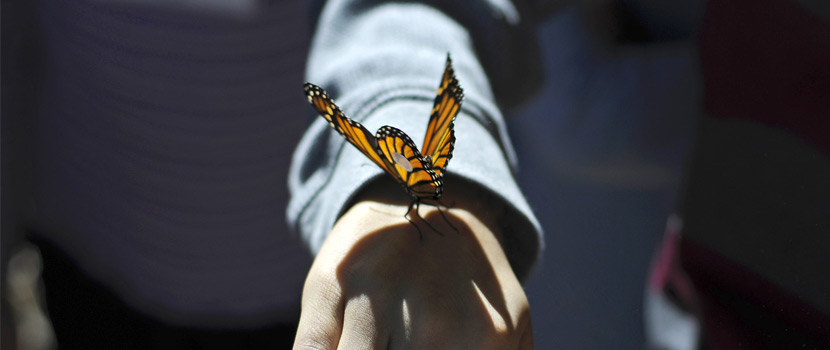
When you purchase tags to stick on the butterflies, the funds go toward paying the people who search for tags in the butterfly overwintering reserves. Monarch Watch runs that program and you can order your own tags online if you’d like!
But if you don’t see yourself raising or catching 25 butterflies of your own, consider coming by one of the tagging or general monarch programs at Three Rivers! You will learn a lot, and who knows … you might help scientists learn something new as well!
Monarch Larva Monitoring Project
Want to learn about another monarch-focused citizen science opportunity? The Monarch Larva Monitoring Project is something you can do throughout the summer, by checking milkweed for caterpillars, on your own or as part of an existing team of volunteers.
We have an established group at Eastman or the program could likely refer you to another team if you don’t live nearby. The University of Minnesota’s Monarch Lab also has a number of other cool resources worth checking out.
About the Author
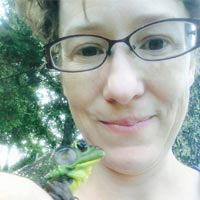
Elaine Tucker is an Interpretive Naturalist at Eastman Nature Center. She knew she wanted to be a naturalist after attending summer camp at age 9. She began training by teaching everyone about her pet bugs (especially monarch caterpillars), earning her the nickname, "Lainybug." Elaine has a Bachelor of Arts degree in biology, a master’s certificate in environmental education, a Minnesota teaching license and a Master of Arts in Teaching. Elaine has been a professional naturalist since 2000 and joined the Eastman team in the spring of 2008. Pond critters might be her favorite thing to investigate or maybe prairie insects or whatever hides under logs or…
Related Blog Posts
Species Spotlight: The Magic of Fireflies
By: Miranda Jones
Fireflies evoke a sense of childlike wonder and delight. Learn what makes them glow, the threats to their population, and what you can do to protect them.
Frog Tongues — A Sticky Situation
By: Brandon Baker
The arrival of spring brings with it the call of frogs! Learn how these amazing creatures survive winter and find out the truth about frog tongues.
Osprey Reintroduction: The Great Success Story
By: Steven Hogg
Ospreys used to be very common in southern Minnesota, but they disappeared from the Twin Cities after World World II. Learn about the program to bring these amazing birds back and how wildlife can survive in an urban area when given the right tools for success.
